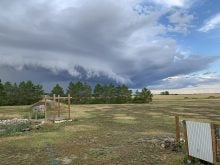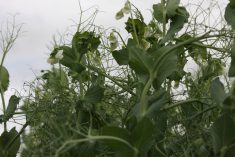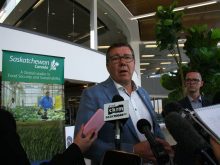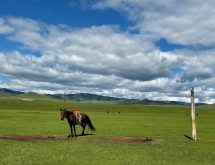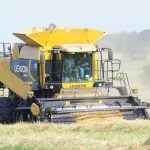Beef cattle producers who are culling cows from the herd this fall might want to consider whether the beef cycle has bottomed out, said Greg Lardy, extension beef cattle specialist at North Dakota State University.
Ranchers are aware that open cows cost money to keep over winter.
On the other hand, producers should consider expanding their breeding herds to take advantage of an upward price cycle, Lardy said.
Culling open cows might not be an automatic decision. If a physically sound cow is open because of management problems or short feed supplies, it might make sense to keep her one more season, he said.
Read Also
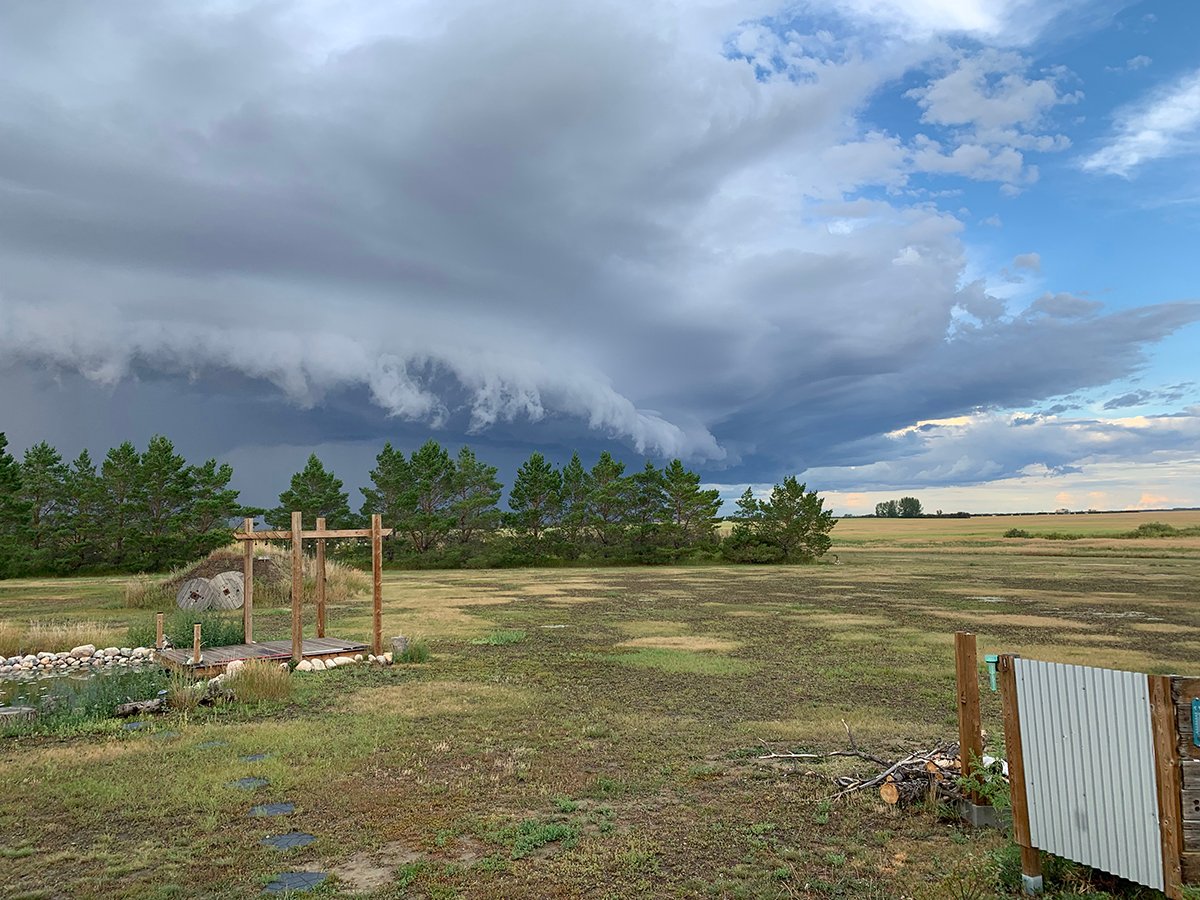
Storm dynamics and extreme rainfall
Besides moisture, instability and orographic lift, the next biggest factor that contributes to heavy or extreme rainfall is storm dynamics.
It may also be an opportune time for producers considering an alternative calving season, Lardy said. Cows that were open this season could be added to a fall-calving herd, for example.
This would reduce the time an open cow would have to be kept in the herd without producing a calf.
However, producers thinking about culling fewer cows this fall need to be aware of health problems, said university extension veterinarian Charles Stoltenow.
Missing teeth, bad udders, bad legs, cancer eye or lumpy jaw are not likely to improve and will cost money in the long run, he said.
It can be difficult to tell if an open cow is healthy and can produce a calf next season or is susceptible to other problems, such as pneumonia.
It may be prudent to cut losses by selling the cow and using the cash for other purposes, said Stoltenow.
Another alternative with thin cull cows is to put weight on them before selling.


